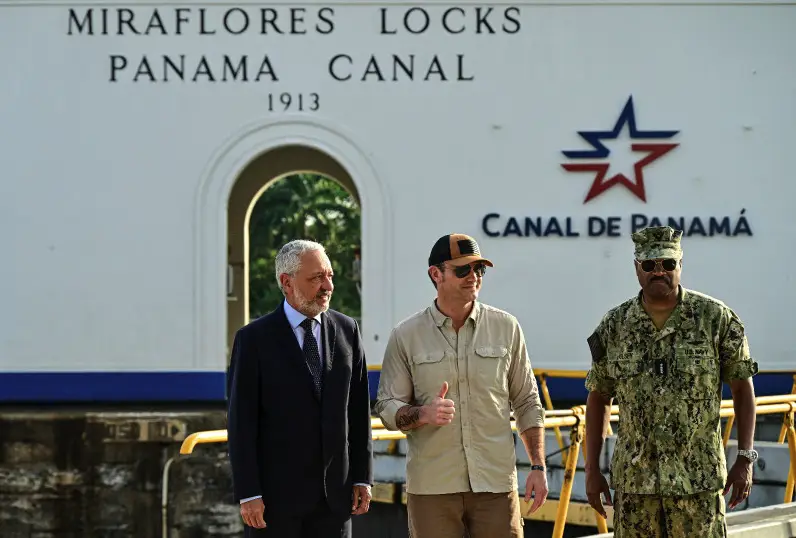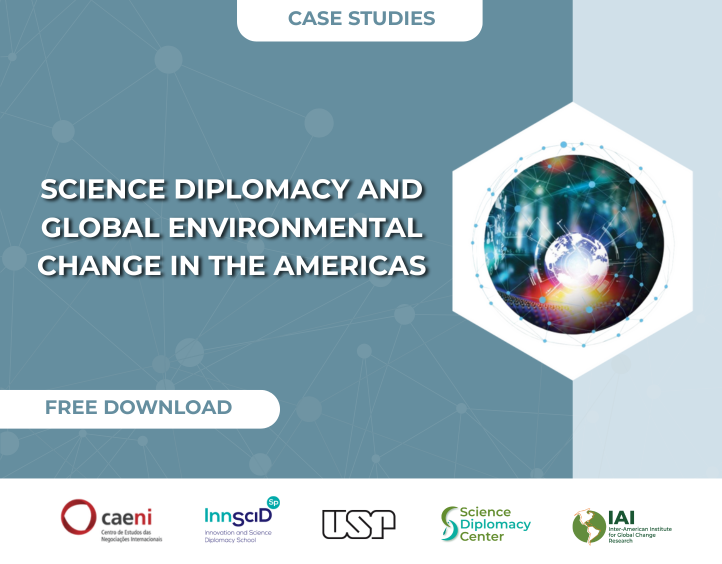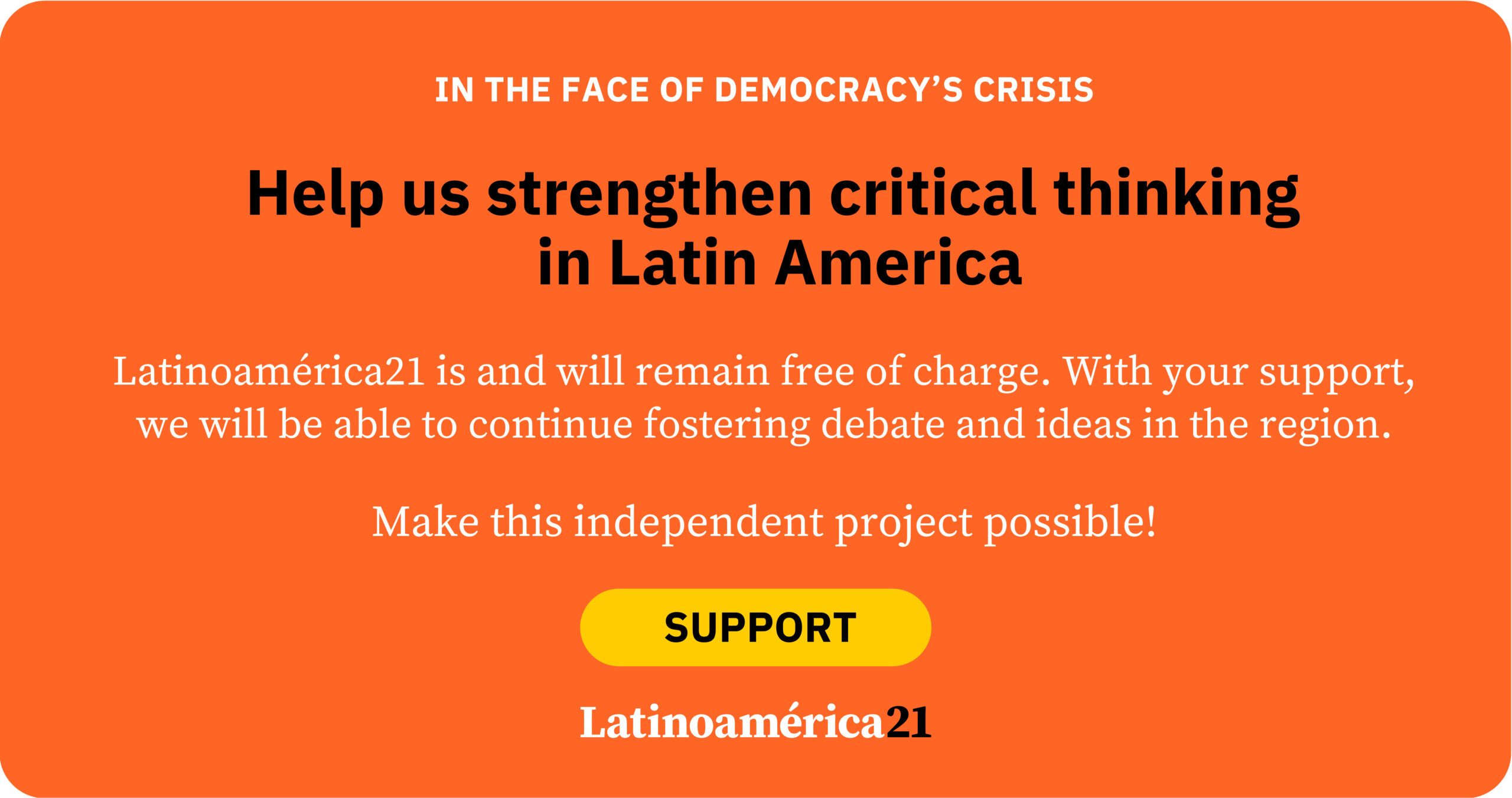Contemporary Panamanian democracy was born under the heavy influence of the U.S. invasion in the late 1980s. In the 1990s, a new social order was designed, centered around the reversion of the Canal and bolstered by the expansion works of the interoceanic route. After 35 years, this order has come under threat from the Trumpist challenge to appropriate the Canal, thereby ending decades of uninterrupted cooperation between the U.S. and Panamanian governments. Trump’s new logic abandons soft power and revives the worst forms of domination from the past.
The U.S. invasion, “Operation Just Cause,” overthrew Noriega’s regime in 1989, and in 1990 forced the replacement of military leadership with a civilian government supported by the White House. Ten years after the institutionalization of democracy, the Canal was reverted, and in 2006, through a referendum, the expansion works were approved, initiating a growth cycle that transformed the country and earned it the nickname “Latin American Singapore.”
Panamanian democracy performs well regionally according to indices like Freedom House, the Democracy Index, and the Democratic Development Index of the Konrad Adenauer Foundation. This success is due in part to a system of alternation between the two major political parties (PRD and the Panameñista Party). This alternation came to an end with the rise of Ricardo Martinelli’s leadership.
Since 2019, the growth model of the “Singapore of the Americas” began to show signs of exhaustion, marked by an economic slowdown, culminating in a sharp economic collapse in 2020 with a 17.9% drop in GDP due to the pandemic. After this collapse, certain balances built over previous decades unraveled, leading to the largest protests in Panama’s democratic history: one in 2022 over rising prices caused by the war in Ukraine, and another in 2023 over a mining contract.
This political and economic system has long been burdened by two structural flaws: high inequality—persistent in the terms of Charles Tilly, as shown in historical data from the World Income Inequality Database—and a high perception of corruption, consistently reflected in public opinion surveys. In this regard, the words of Tribunal of Accounts magistrate Alberto Cigarruista still resonate. In 2022, during a session of the Budget Commission of the National Assembly, he boldly stated: “In this country, we all steal.”
Since the 2024 elections, the new government has faced four major challenges within a shifting Latin American geopolitical landscape marked by the U.S.’s adoption of hard power as its preferred mode of engagement.
Domestically, the Panamanian government has been forced to reform the pension system because one of its two subsystems ran out of contributors, creating a severe financial deficit. This reform has not been without controversy and even led to a general strike. Also on the domestic front, President Mulino must address “the elephant in the room”: former President Ricardo Martinelli, who led the ruling party until he was disqualified at the start of the electoral campaign due to a corruption case (he was replaced by the current president). Martinelli recently received Colombian asylum, and it’s difficult to gauge the influence he will exert from the neighboring country.
The third challenge for the Panamanian government is the situation with the Donoso mine, suspended after being declared unconstitutional. In December 2024, First Quantum met with President Trump seeking mediation, and the mining company has since halted international arbitration to open a new phase of dialogue. Given the fragile state of public finances, the temptation to reopen the mine is clear, but the president faces strong opposition since 2025 surveys show that over 60% of the population opposes its reopening. This issue will be crucial for maintaining the country’s political stability.
The last major challenge for the government is the constant threats from Trump. Since his inauguration speech, the U.S. president has expressed his intention to reclaim the Canal, alleging that the interoceanic route is under Chinese control—an easily disprovable claim. However, the threats have had an effect, and the Panamanian government quickly abandoned trade agreements with China, such as the Belt and Road Initiative and the outsourcing of deportee processing from the U.S. on Panamanian soil before they reached their final destination.
Recently, the Panamanian government signed a controversial Memorandum with U.S. authorities which, according to some critics, allows the United States to establish three military bases, increase military presence in the Canal Zone, and permit free passage of U.S. vessels through the Panama Canal—all contrary to neutrality treaties. The government’s strategy, however, is proving ineffective as Trump’s threats show no sign of abating.
In this context, it is necessary to return to multilateralism and international legality. The Panama Canal plays a crucial role in international trade and logistics, with over 80% of cargo worldwide transported by sea. What’s at stake in Panama has major implications for the global economic order, and the rest of the world cannot afford to look the other way.
*Machine translation proofread by Janaína da Silva.













